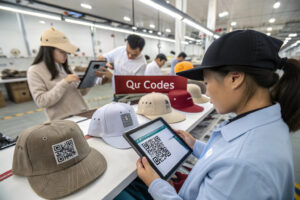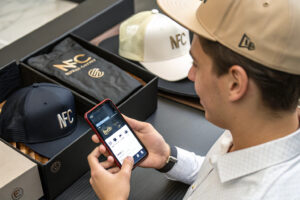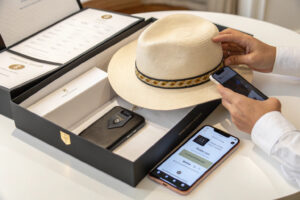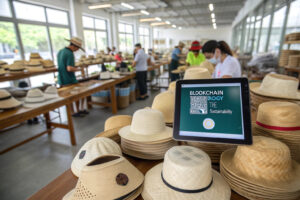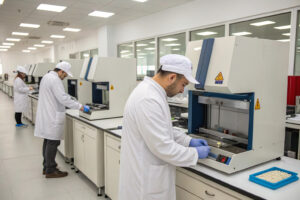Customizing hats has become essential for brands looking to stand out in a crowded market. With so many decoration methods available, choosing the right technique can mean the difference between a premium product that commands attention and a generic item that gets lost in the marketplace.
The customization techniques for top hats include embroidery, screen printing, patch application, embossing, 3D yarn printing, and direct garment printing. Each technique offers unique advantages tailored to different design requirements, budget considerations, and production volumes.Understanding these methods helps brands select the perfect decoration approach to match their aesthetic vision and business needs.
This comprehensive guide explores the most popular and effective hat customization techniques, their ideal applications, cost considerations, and how to choose the right method for your specific brand requirements.
Why is embroidery the most popular customization method?
Embroidery remains the gold standard for hat customization, offering premium appearance, exceptional durability, and widespread consumer appeal. Its textured, three-dimensional quality conveys quality and permanence that other methods struggle to match.
Embroidery dominates hat customization because it creates a premium, durable finish that withstands repeated washing and wear while maintaining sharpness and color integrity. The method works exceptionally well on structured caps and offers excellent brand recognition through its raised, textured appearance.
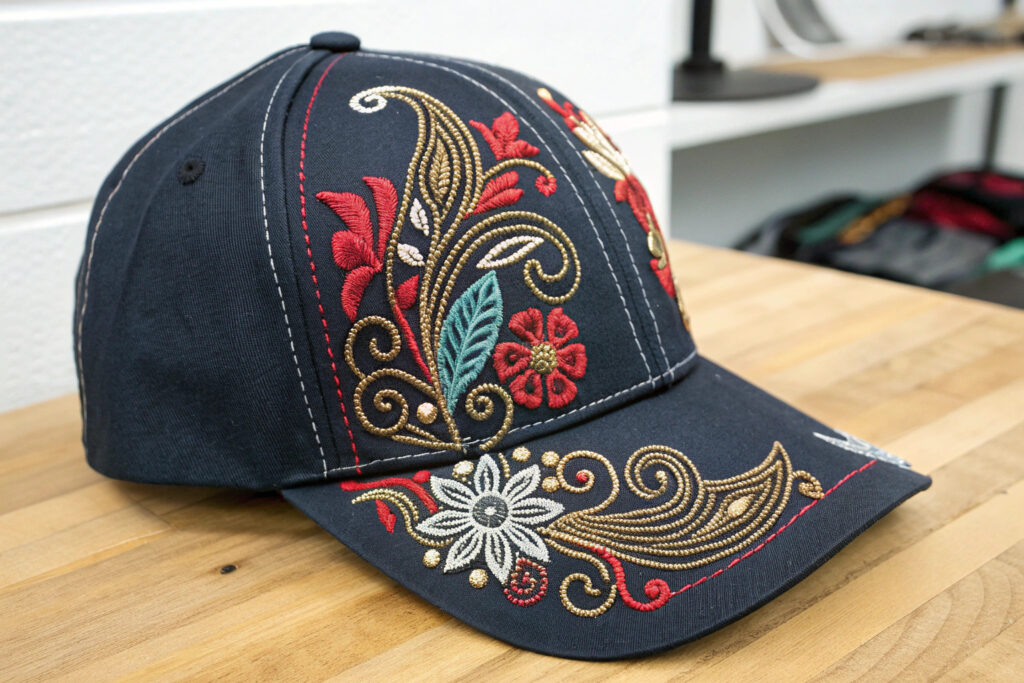
What types of embroidery work best on hats?
Flat embroidery provides clean, precise stitching for detailed logos and text, while 3D puff embroidery creates raised dimensional effects that add visual impact. Chenille embroidery offers a vintage, textured appearance popular for athletic and retro styles. Our manufacturing facility specializes in all three techniques, with computerized embroidery machines capable of producing up to 1,200 stitches per minute with perfect registration. We recommend flat embroidery for complex multi-color designs, 3D puff for bold logos and letters, and chenille for achieving classic vintage aesthetics.
How does embroidery durability compare to other methods?
Properly executed embroidery significantly outlasts other decoration methods, maintaining its appearance through years of wear and washing. The thread used in quality embroidery is typically polyester or rayon, both known for excellent color retention and resistance to fading from sun exposure and washing. According to our quality testing, embroidered designs withstand 50+ industrial wash cycles with minimal color fading or stitch degradation, compared to screen printing which typically shows cracking after 20-30 washes. This exceptional durability makes embroidery ideal for workwear, promotional items meant for long-term use, and any application where longevity matters.
When should you choose screen printing for hats?
Screen printing offers distinct advantages for certain types of designs and business scenarios, particularly when dealing with large, solid color areas or budget-sensitive projects requiring full coverage.
Screen printing works best for simple, bold designs with limited colors, large production runs where cost efficiency matters, and situations requiring opaque coverage on dark-colored hats. The method provides vibrant color payoff and smooth texture that appeals to certain market segments.

What design elements work best with screen printing?
Screen printing excels with solid color fills, bold typography, and graphic elements without extreme detail. Designs with fewer colors (typically 1-4 colors) produce the best results and most cost-effective pricing. The process creates a smooth, flat finish that works particularly well for all-over prints and large background elements. Our screen printing department uses advanced plastisol inks that provide excellent opacity on dark fabrics and specialized water-based inks for softer hand-feel on light-colored hats. We recommend screen printing for designs covering large areas where embroidery would be too heavy or expensive.
How does screen printing cost compare to embroidery?
For designs with 1-3 colors and production runs exceeding 100 pieces, screen printing typically costs 30-50% less than embroidery. The price advantage becomes particularly significant with larger quantities since screen setup costs are amortized across more units. However, for complex multi-color designs or smaller quantities, embroidery often becomes more cost-effective due to lower setup charges. We provide detailed cost comparisons during our quoting process, helping clients select the most economical method for their specific design and quantity requirements.
What are the emerging hat customization technologies?
While traditional methods like embroidery and screen printing remain popular, several emerging technologies offer new possibilities for hat customization, pushing the boundaries of what's possible in design and execution.
Emerging hat customization technologies include direct-to-garment (DTG) printing, laser engraving, sublimation printing, and advanced digital embroidery systems that offer greater design flexibility, photographic quality reproduction, and unique aesthetic effects not possible with traditional methods.
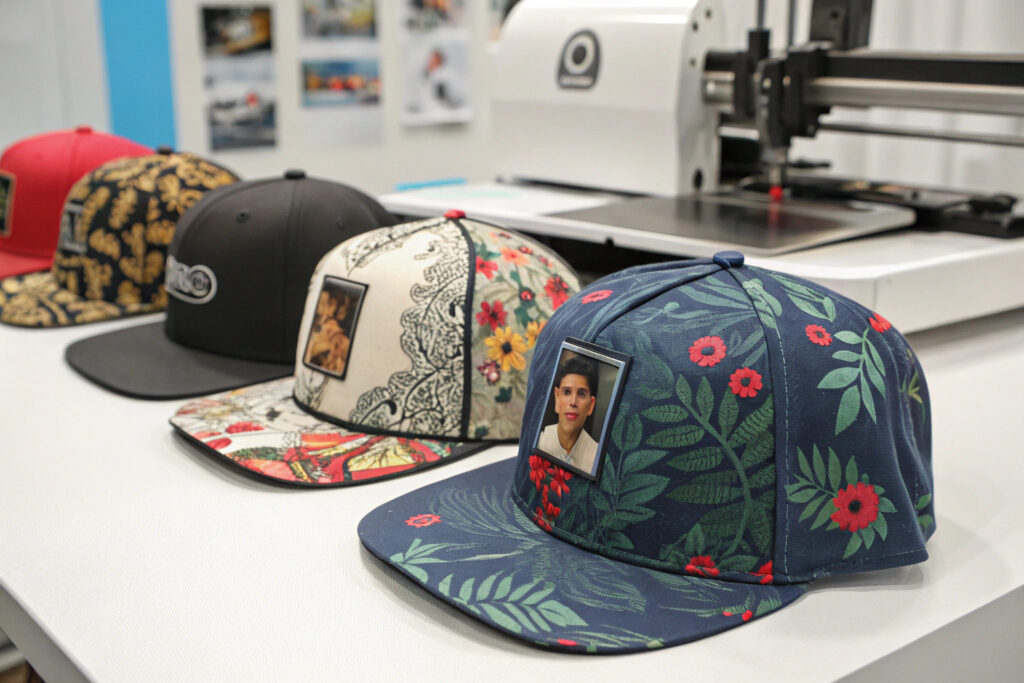
How does direct-to-garment printing work on hats?
DTG printing uses specialized printers that apply water-based inks directly onto hat surfaces, similar to printing on paper. This technology enables photographic-quality reproduction, unlimited color options, and complex gradient effects that traditional methods cannot achieve. The process works particularly well on light-colored cotton and polyester hats, though we've developed proprietary pretreatments that improve results on darker materials. While DTG typically costs more per unit than screen printing for large quantities, it offers tremendous advantages for small batches and complex designs since there are no screen setup fees or color limitations.
What unique effects can laser engraving create?
Laser engraving uses concentrated laser beams to selectively remove material from hat surfaces, creating contrasting designs through controlled burning or surface removal. This technique produces distinctive, permanent marks that cannot peel, fade, or wash away. We use CO2 laser systems that can create everything from subtle tonal variations to deep, textured engravings on materials like leather, denim, and certain synthetics. The method works exceptionally well for creating vintage, distressed looks and detailed artwork that would be challenging with other techniques. Laser engraving requires no consumables like inks or threads, making it environmentally friendly and cost-effective for certain applications.
How do you choose the right customization method?
Selecting the optimal customization technique requires balancing multiple factors including design complexity, budget, quantity, timeline, and intended use. The right choice enhances your brand while the wrong one can undermine product quality and profitability.
Choosing the right hat customization method involves evaluating your design characteristics, order quantity, budget constraints, timeline requirements, and the hat's intended use environment. Each method has strengths and limitations that make it ideal for specific scenarios.
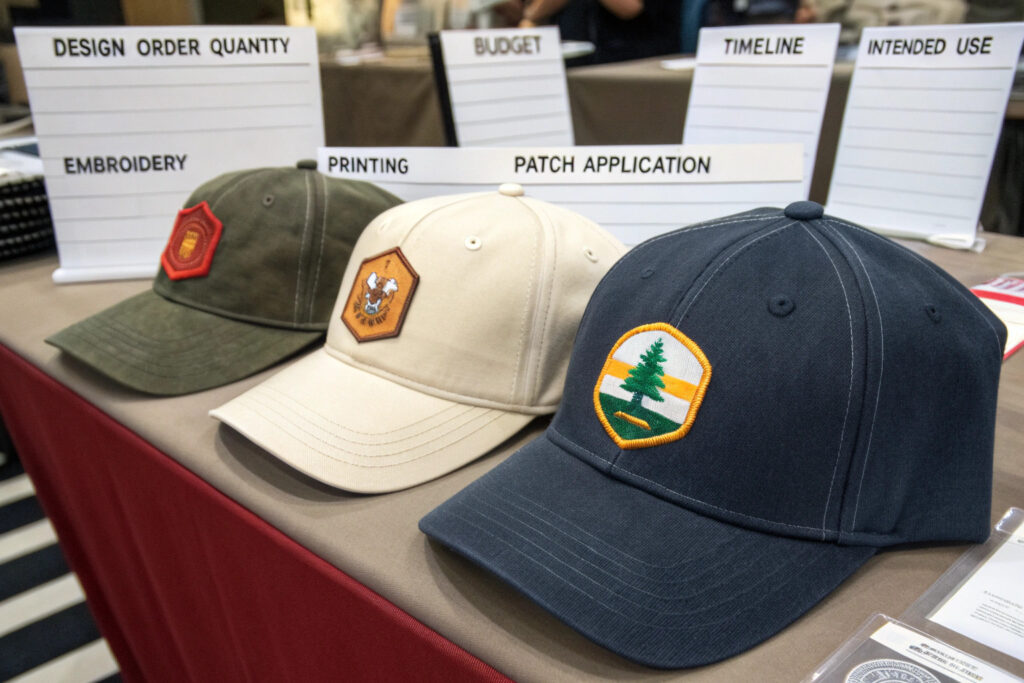
What questions should you ask when selecting a method?
Start by evaluating your design: How many colors does it contain? Does it include fine details or small text? What is the overall size and placement location? Next consider practical factors: What is your budget per piece? How many hats do you need? How will they be used and washed? We've developed a comprehensive method selection guide that matches design characteristics with optimal techniques, helping clients avoid common mistakes like choosing screen printing for designs with tiny text or embroidery for large all-over patterns.
How does quantity affect customization choice?
Production quantity dramatically impacts which customization method makes the most sense. For quantities under 24 pieces, direct-to-garment printing often proves most cost-effective despite higher per-unit costs because it eliminates setup fees. For mid-range quantities of 25-100 pieces, embroidery typically offers the best balance of quality and value. For large runs exceeding 100 pieces, screen printing becomes increasingly economical, while embroidery remains preferable for premium applications regardless of quantity. Our production team provides detailed break-even analysis showing exactly when each method becomes most cost-effective for your specific design.
Conclusion
The top hat customization techniques each offer unique advantages that make them ideal for specific applications, design requirements, and business needs. Embroidery delivers premium durability, screen printing offers cost-effective color coverage, while emerging technologies like DTG and laser engraving provide new creative possibilities. Understanding these options ensures you select the perfect method to bring your branded headwear vision to life.
If you're looking to create custom hats with the perfect decoration technique for your brand, we at Global-Caps offer comprehensive customization services using all major methods. Our technical team can recommend the ideal approach for your specific design, quantity, and budget requirements. For assistance with your custom hat project, please contact our Business Director Elaine at elaine@fumaoclothing.com. Let's create headwear that perfectly represents your brand quality and vision.


